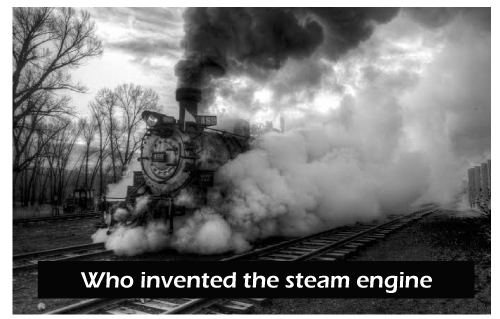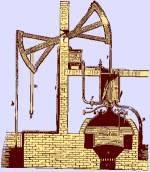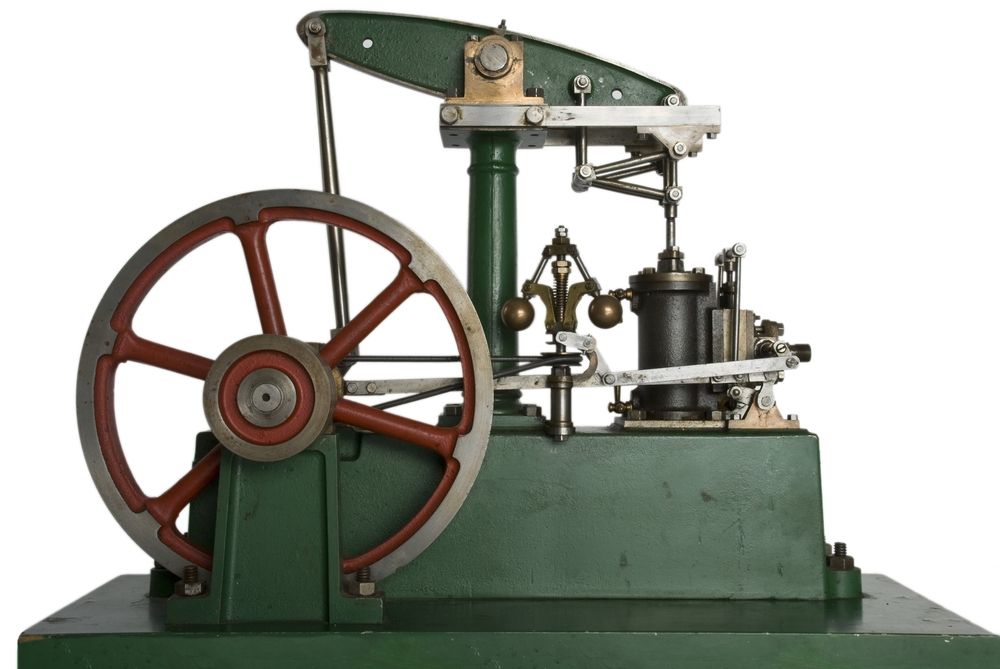
His work was motivated by the fact that some means of pumping the water from mines had become a life-or- death matter to the mining industry in Britain. His invention did not involve moving parts. He received a patent for the first commercially feasible application. His experiments did not result in any practical application, perhaps because he was using, among other things, gunpowder explosions to drive some of the air and combustion products from a cylinder and then trying to work with the partial vacuum credited when the gases cooled.Ī few years after Papin's work, in 1698, Thomas Savery did, in fact, put atmospheric pressure to work. In the 1690s, Papin tried to perform useful work by evacuating cylinders and allowing atmospheric pressure to drive a piston. Boyle worked with Robert Hooke, who is equally well known, and it was their protege, Michael Papin, who first attempted to put atmospheric pressure to work. Robert Boyle did so and the product is the law that bears his name. Now that atmospheric pressure was a phenomenon subject to analysis, the scene was set for its numerical formulation. ln one famous episode in 1654, he fabricated a vessel of two hollow hemispheres, evacuated it, and demonstrated that 50 men in unison were unable to pull it open. Pascal reasoned that if air has weight, pressure must decrease with altitude, and performed experiments with mercury barometers to prove it.Īt the same time, Otto von Guericke was independently conducting his famous demonstrations known as the "Magdeburg spheres." He explored the capabilities of small vacuum pumps, hardly bigger than present-day syringes, to evacuate vessels and make it virtually impossible to remove the lids. Torricelli's hypothesis was investigated by Blaise Pascal in 1647, who conducted mountain climbing experiments to study the ramifications of the discovery. Torricelli, with one of the flashes of intuition that advance science at a single leap, concluded in 1643 that air must have weight. Galileo concluded that Nature abhorred a vacuum, but it probably didn't abhor it all that much. Torricelli had undertaken his investigations at the suggestion of his mentor, Galileo, who was puzzled because water could not be siphoned beyond 32 feet. Earlier generations had been enslaved by a blind adherence to the teachings of Aristotle, who saddled nearly 2,000 years' worth of philosophers with the information that "nature abhors a vacuum," and that was really all they needed to know about it.Įvangelista Torricelli showed that the "abhorrence" of a vacuum was entirely understandable and not due to the whim of a mysterious entity called Nature.

The key to steam power was forged when it became understood that air exerts pressure. Its evolution can be traced in a line that started in the 1640s and involved a number of great names, beginning

The first practical steam engine did not materialize until the 1700s, and it did not appear as a finished product. 4 Newcomen's Innovation: Water Injection.Hero's pinwheel was no doubt great fun to watch if you had never seen anything but chariot wheels, but it went nowhere. His contrivance is always cited as the first example of jet propulsion. The first documented effort to exploit this phenomenon to create mechanical motion is generally credited to Hero of Alexandria, who invented his aeolipile in the first century. Man's fascination with the fact that water can be converted to a vapor by the application of heat probably dates to prehistoric times. Nonetheless, it was Newcomen who first made the steam engine a reality. The encyclopedia gives Watt nearly two pages, while Newcomen rates only a brief paragraph. The extent to which Watt's reputation has eclipsed Newcomen's can be judged by comparing their entries in the Britannica. The contribution of Thomas Newcomen, who died a few years before Watt was born, is usually overlooked. The conventional wisdom is that James Watt invented the steam engine. Thus, we never hear about the designers of sailing ships who had made an extensive study of aerodynamics before the Wright brothers, or the number of engineers who had speculated on jet propulsion before Whittle.

It frequently happens that the individual getting the credit for an invention is not the real innovator, but rather the person who was most successful in reducing an idea to practice. Copyright 2003 American Society of Mechanical Engineers

This article contains material published in Mechanical Engineering Magazine Dec. This article was initially written by Robert Woods, ASME Fellow. Fairbottom Bobs, a Newcomen steam engine recovered from a mine site in Lancashire, England, was acquired in 1930 by the Henry Ford Museum, which says it is possibly the oldest extant steam engine in the world.


 0 kommentar(er)
0 kommentar(er)
